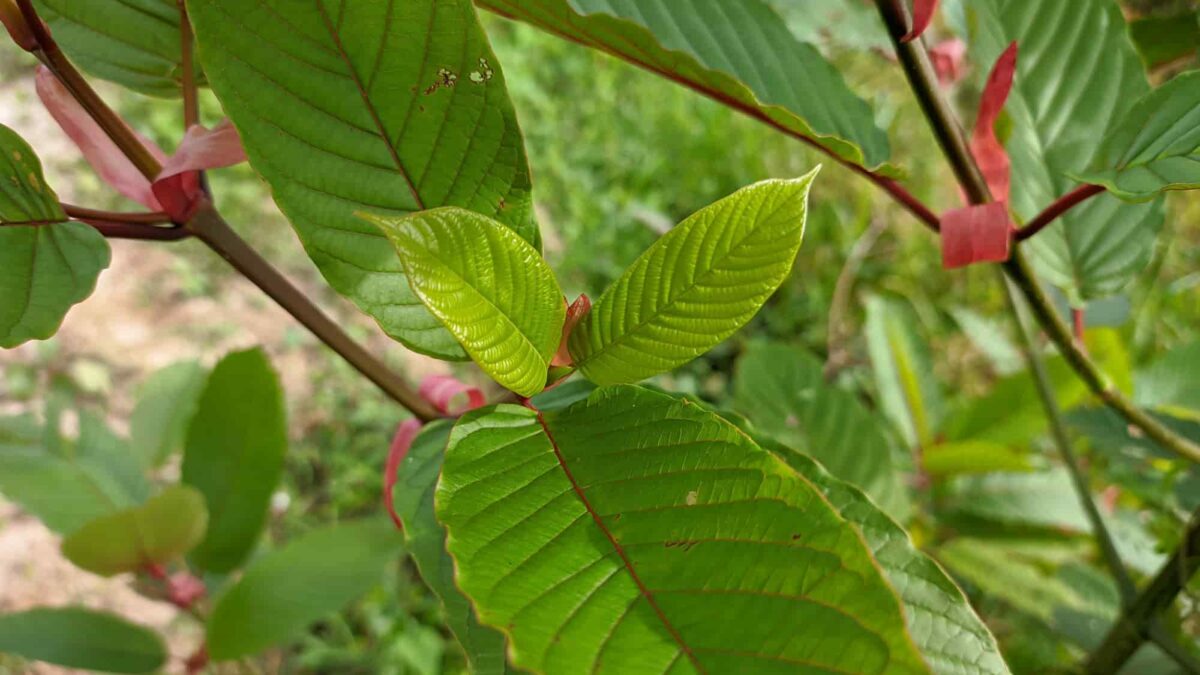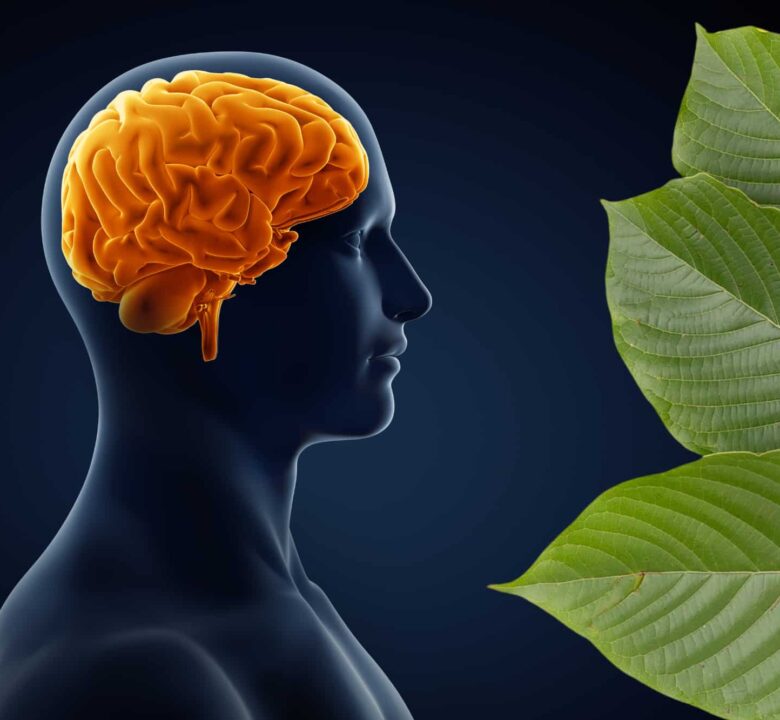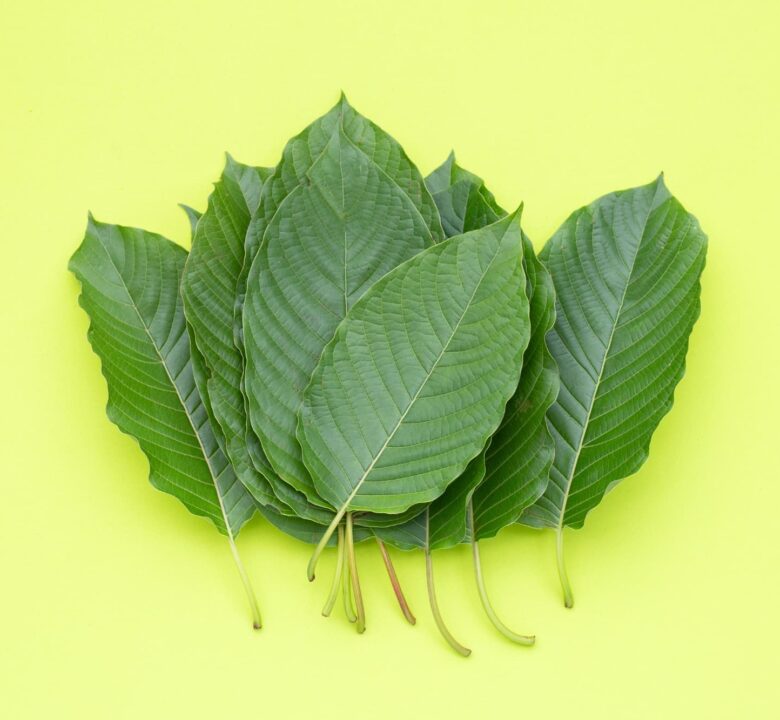
What Does Research Indicate About Kratom’s Short-Term and Long-Term Effects?
July 4, 2024
Does Kratom Cause Dehydration? Research Insights
July 4, 2024There are more than 40 alkaloids in Mitragyna speciosa, the plant that we call “kratom” in the US and around most of the world.
One of those alkaloids, Speciociliatine, plays an important role in kratom’s effects. To understand how Speciociliatine works, it is important to understand the scientific consensus on the alkaloid and its biological mechanisms.
What are alkaloids?
Alkaloids are powerful compounds found in many plants, including kratom.
They can have a wide range of effects on humans, from pain relief and mood enhancement to stimulation and sedation. Understanding the specific alkaloids in a botanical substance and their effects helps in using these plants for both therapeutic and recreational purposes.
While the plant is alive, before harvesting, alkaloids serve several purposes:
- They are a defense mechanism that protects plants from both herbivores and insects by giving off a bitter taste. Sometimes they can even be toxic.
- They may be able to regulate the growth and development of the plant.
- They interact with the environment in various ways, such as attracting pollinators.
Alkaloids in botanical substances
When humans harvest these plants and consume them, the alkaloid compounds can have a variety of effects, which are dependent upon the specific alkaloid and its concentration in the processed substance.
Some examples include:
Medicinal Properties
Many alkaloids have therapeutic effects.
- Morphine (from the opium poppy) is used as a powerful painkiller.
- Quinine (from the cinchona tree) is used to treat malaria.
- Caffeine (from coffee and tea plants) is a stimulant that increases alertness.
Psychoactive Effects
Some alkaloids affect the central nervous system, leading to changes in mood, perception, or behavior.
- Nicotine (from tobacco) is a stimulant and can be addictive.
- Mescaline (from the peyote cactus) has hallucinogenic properties.
Digestibility and Absorption
Some alkaloids can positively influence digestion and nutrient absorption.
- Piperine (from black pepper) enhances nutrient absorption by inhibiting enzymes that metabolize nutrients and stimulates digestive enzymes.
- Berberine (from Goldenseal, Barberry, and Oregon grape) promotes gut health through antimicrobial properties and stimulates bile secretion for better fat digestion.
- Quinine (from the cinchona tree) acts as an appetite stimulant and aids in the digestive process.
- Gingerol (from ginger) stimulates digestive motility and enzyme secretion, reducing nausea and improving nutrient absorption.
- Capsaicin (from chili peppers) increases metabolic rate, stimulates gastric secretions, and enhances overall digestive health.

Which alkaloids are found in kratom?
There are more than 40 alkaloids found in the Mitragyna speciosa plant. This means that there is plenty of opportunity for more research into how all of them affect the human body.
Some of the most prominent (and best research) kratom alkaloids are:
- Mitragynine: The most abundant alkaloid in kratom, known for its pain-relieving and stimulating effects
- 7-Hydroxymitragynine: A potent minor alkaloid with strong analgesic properties
- Speciociliatine: A partial μ-opioid agonist, similar to mitragynine
- Speciogynine: Another diastereomer of mitragynine
- Paynantheine: Acts as a muscle relaxant
- Isomitraphylline: An immunostimulant
- Isomitrafoline: Has a calming effect
- Mitraciliatine: Another alkaloid present in smaller quantities
- Corynantheidine: A partial opioid agonist
- Corynoxine: Thought to have anti-addiction properties
- Corynoxine B: Believed to have antidepressant effects
- Epicatechin: An antioxidant also found in green tea and chocolate
- Rhynchophylline: Acts as a calcium channel blocker and anti-inflammatory
- Ajmalicine: Used to treat high blood pressure and as a sedative
Understanding Speciociliatine, a partial μ-opioid agonist
To understand speciociliatine, there are some important definitions to learn.
First, an agonist is “An agonist is a substance that mimics the actions of a neurotransmitter or hormone to produce a response when it binds to a specific receptor in the brain.”
Opioid agonists activate the brain’s opioid receptors. They are categorized as full agonists and partial agonists.
Full agonists include heroin, oxycodone, methadone, morphine, opium, and hydrocodone. They create the most intense reaction that the opioid receptor can produce. Partial agonists, on the other hand, also activate the opioid receptors in the brain, but with far less intense effects. Examples include buprenorphine, butorphanol, and tramadol.
Opioid receptors are divided into three types:
- Mu (μ) opioid receptors, which contribute to opioids’ ability to provide a feeling of euphoria. They are also responsible for the addictive attributes of traditional opioid drugs.
- Kappa (κ) opioid receptors cause dysphoria, analgesia, and psychosis-like effects called psychotomimesis.
- Delta (δ) opioid receptors still need to be researched to be better understood. The current theory is that they are involved in responding to opioids with analgesic effects and physical dependence.
Because speciociliatine is a partial agonist of the Mu opioid receptors in the brain, it likely contributes to kratom’s ability to provide mood-boosting and analgesic effects. By binding with the μ-opioid receptors, it works a bit like pain medication. However, the effects are far less intense than a traditional medication or opioid drug.

Additional mechanisms and effects of speciociliatine
Speciociliatine is unique to kratom. Unlike alkaloids like caffeine that are found in multiple plants, you will only find speciociliatine in the Mitragyna speciosa plant.
In addition to binding to the brain’s μ-opioid receptors, speciociliatine has the following characteristics:
- Higher binding affinity: Compared to mitragynine, speciociliatine binds three times more effectively to the μ-opioid receptors
- Pain relief
- Less likely to cause side effects: Because speciociliatine does not activate the β-arrestin-2 pathway, which is associated with many opioid-related side effects like respiratory depression, kratom is less likely than traditional opioids to cause intense or negative effects
- May aid with alcohol dependence: Animal studies have shown that speciociliatine reduces voluntary alcohol consumption in mice
- Antinociceptive effects: Animal studies have also shown that speciociliatine has shown pain-blocking effects similar to morphine
Potential toxicity of speciociliatine
Despite all of these potentially positive effects of speciociliatine, there is also a concerning side effect. At very high concentrations, it has shown developmental toxicity in zebrafish embryos.
That said, these levels are much higher than what is typically found in humans after consuming kratom. It is unclear if the same toxicity happens in humans.
Speciociliatine is just one of the pieces of the kratom puzzle
The unique alkaloid profile of kratom, with compounds like speciociliatine, highlights the vast therapeutic potential of this ancient plant.
While much remains to be understood, the ability of speciociliatine to interact with the body’s opioid system in a milder way than traditional opioids holds great promise.
The study of kratom’s alkaloids like speciociliatine could open doors to novel treatment approaches. These plant-based compounds provide an opportunity to learn from nature and develop botanicals that are effective without the effects associated with current opioid drugs.
Importantly, researchers will need to look even more closely at the mechanisms of kratom’s many alkaloids, including speciociliatine.
Citations
- “Agonist/Antagonist.” HRB National Drugs Glossary. Drugsandalcohol.ie. N.d.
- “Alkaloid.” Science Direct. ScienceDirect.com. N.d.
- Damodaran, Thenmoly et al. “Comparative Toxicity Assessment of Kratom Decoction, Mitragynine and Speciociliatine Versus Morphine on Zebrafish (Danio rerio) Embryos.” Frontiers in Pharmacology. vol. 12 714918. 20 Aug. 2021, doi:10.3389/fphar.2021.714918
- Feng, Yuan et al. “Current research on opioid receptor function.” Current Drug Targets, vol. 13,2 (2012): 230-46. doi:10.2174/138945012799201612
- Gillette, Hope. “What Are Partial Opioid Agonists?” Healthline. 12 Jun. 2023.
- Gutridge, Anna M et al. “Evaluation of Kratom Opioid Derivatives as Potential Treatment Option for Alcohol Use Disorder.” Frontiers in Pharmacology. vol. 12 764885. 3 Nov. 2021, doi:10.3389/fphar.2021.764885
- Todd, D.A, et al. “Chemical composition and biological effects of kratom (Mitragyna speciosa): In vitro studies with implications for efficacy and drug interactions.” Scientific Reports. 5 Nov. 2020.




